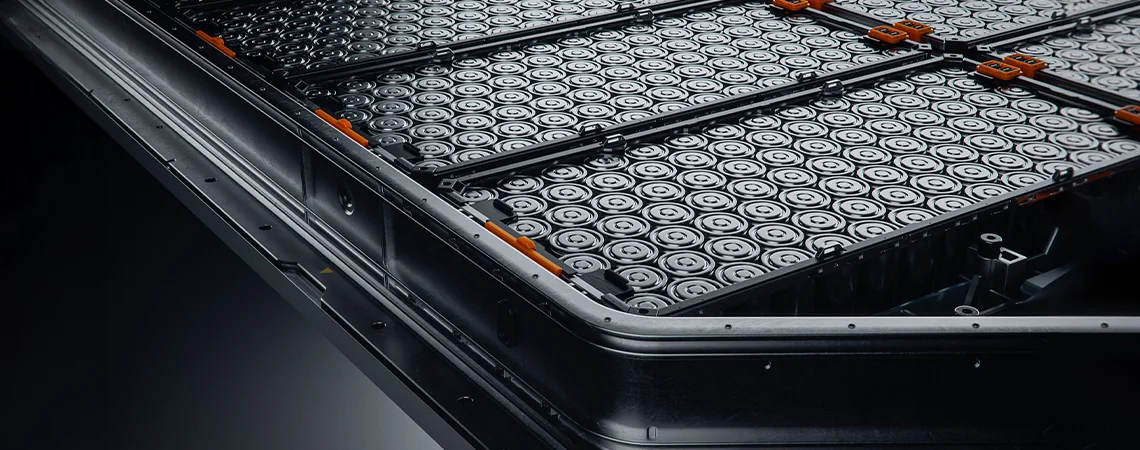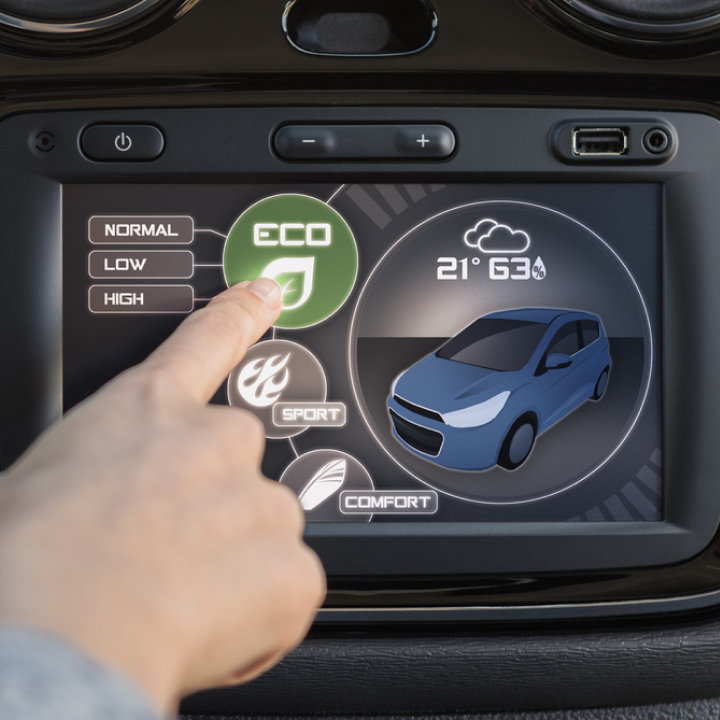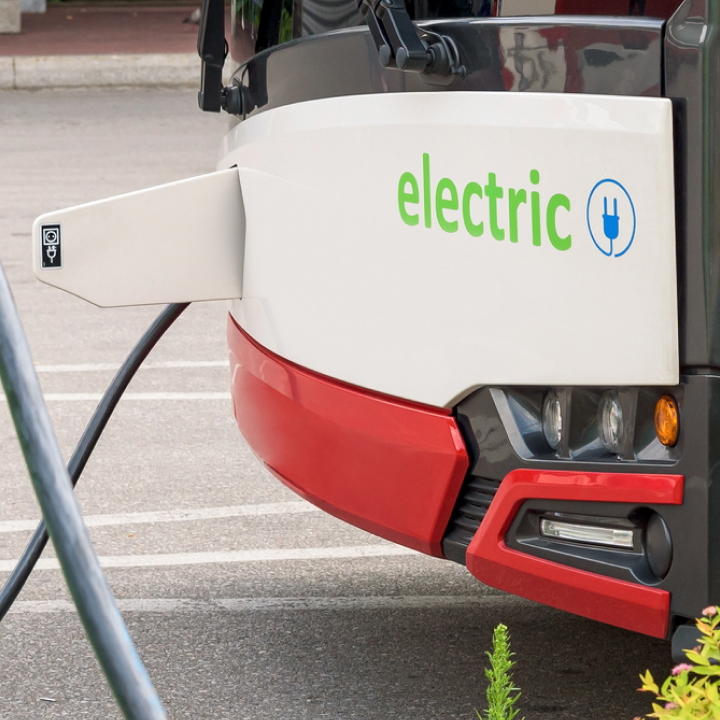How an electric car battery works
The traction batteries found in today’s electric cars, which provide the energy needed for the electric motor to move the vehicle, have a technology and chemistry completely different from the service batteries present in internal combustion vehicles.
An electric car’s battery pack consists of hundreds of lithium-ion cells, which can be cylindrical like the more familiar AA batteries, prismatic, or even pouch-shaped, serving as energy accumulators. By harnessing a series of chemical reactions, these cells can supply energy to the entire vehicle and store it during recharging.
This mechanism is highly efficient, thanks in part to the Battery Management System (BMS), which not only oversees the charging and discharging processes but also constantly monitors factors such as voltage and current, ensuring the battery remains in its best health and delivers maximum performance.
Battery capacity and performance
Capacity is the amount of energy that can be stored in the battery and is measured in kilowatt-hours (kWh). Today, greater capacity often translates to more kilometers of range, but it also means a larger, heavier battery, which can impact performance.
Manufacturers are constantly working to improve this aspect by optimizing energy density—developing chemistries capable of storing more energy within the same battery space or weight—to create lighter and more powerful batteries.
Keeping the battery in good health is essential to maintaining the vehicle’s range over time. Certain precautions can help, such as avoiding keeping the vehicle too empty or fully charged for extended periods, as this could strain the battery. Additionally, avoiding prolonged exposure to extreme heat or cold is advisable. In such cases, the Battery Thermal Management System (BTMS), which monitors and regulates the battery’s temperature, is highly beneficial as it can heat or cool the cells as needed.
How long does an electric car battery last?
The useful life of a battery is calculated based on the ratio between its number of cycles and its residual capacity. A cycle refers to one charge or discharge phase—from 0% to 100%—of the battery. The total number of cycles a battery can undergo varies depending on the chosen chemistry, with some batteries rated for 3,000 cycles and others capable of reaching up to 4,500 cycles. As a battery ages, its performance may decline, leading to a reduction in its energy storage capacity. This doesn’t mean the battery is unusable, but it might require an additional charging stop on long trips.
One way to preserve battery health is to avoid frequent full charge/discharge cycles and instead maintain the charge level between 15% and 85%. This approach can also significantly shorten charging times by exploiting the peak of the charging curve.
Disposal and Recycling
Electric car batteries contain valuable metals for the transportation sector, often recyclable at nearly 100%. For this reason, electric car batteries are not disposed of as regular waste but are recycled to recover the precious elements they contain, which can then be reused to create new batteries or for other industries. This reduces the demand for new resources like lithium, cobalt, and nickel, as well as the environmental impact associated with their extraction and processing. Additionally, recycling batteries requires less energy and resources compared to producing new batteries from virgin raw materials, making the process more cost-effective. Finally, by recycling battery materials, countries can reduce their dependence on imports of critical materials, enhancing energy security and self-sufficiency.
The recycling of electric car batteries is a crucial component for the sustainability of the electric automotive industry and environmental protection. Investing in efficient and sustainable recycling technologies not only helps mitigate environmental risks but also contributes to building a more circular and resilient economy.




